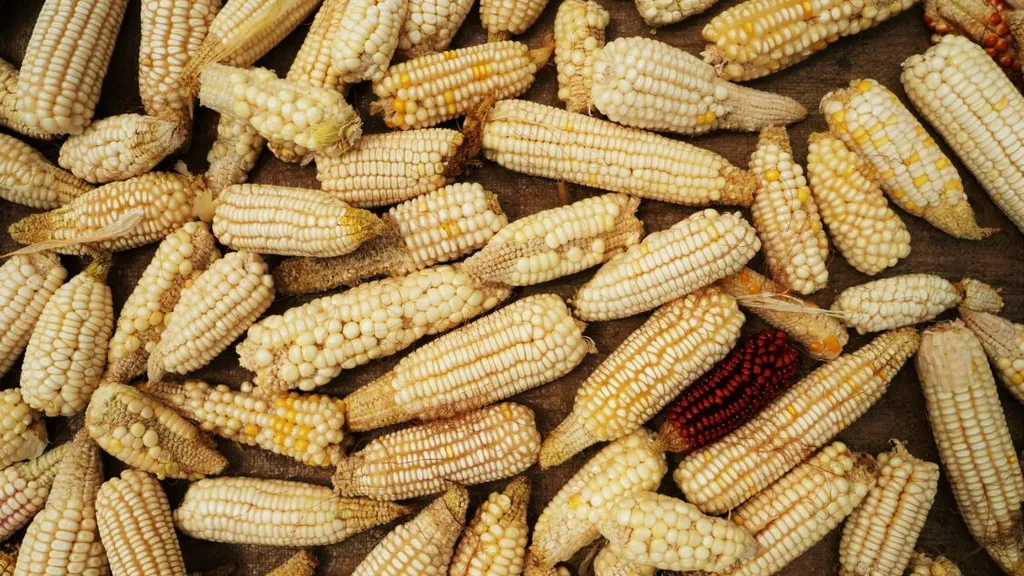In the lush, volcanic uplands of Buea, Cameroon, a groundbreaking study is challenging conventional wisdom about maize production and its environmental impact. Led by George Amenchwi Amahnui of the International Center for Tropical Agriculture (CIAT) in Colombia, the research, published in *Frontiers in Soil Science* (which translates to *Frontiers in Soil Science*), delves into the intricate relationship between agronomic practices, soil greenhouse gas emissions, and maize productivity. The findings could reshape how farmers and energy sector stakeholders approach sustainable agriculture and climate change mitigation.
The study, conducted over two growing seasons, examined the effects of zero tillage and organic fertilization on soil greenhouse gas (GHG) emissions, global warming potential (GWP), and maize productivity. The results are nuanced, offering a glimpse into the complex interplay between farming practices and environmental outcomes.
“Our findings highlight the importance of context-specific soil and nutrient management strategies,” Amahnui said. “What works in one season or under one set of conditions may not hold true in another.”
The research revealed that synthetic fertilizers, particularly under zero-tillage in 2020 and conventional tillage in 2021, led to the highest cumulative N2O emissions. Conventional tillage paired with organic fertilizer yielded the highest CO2 emissions across both seasons. Methane fluxes were low and largely negative across treatments, indicating that the volcanic upland soils acted as CH4 sinks.
The study also found that the application of synthetic fertilizer increased GWP by 20% and 322% under zero tillage in the 2020 and 2021 seasons, respectively. Under conventional tillage, GWP decreased by 15% in 2020 but sharply increased by 295% in 2021, highlighting season-specific effects.
The commercial implications for the energy sector are significant. As the world grapples with the need to reduce GHG emissions, understanding the impact of different agronomic practices on soil emissions is crucial. The findings suggest that in Buea’s minor growing season, conventional tillage with or without organic fertilization reduced GHG emissions without compromising yields. In the main seasons, zero tillage without fertilization offered the most favorable yield-emission balance.
“This study provides valuable data for national GHG inventory reporting and informs agronomic practices in tropical upland agricultural systems,” Amahnui said. “It’s a step towards more sustainable agriculture and climate change mitigation.”
The research underscores the need for tailored approaches to soil and nutrient management, considering the unique characteristics of each agricultural system. As the energy sector increasingly focuses on reducing its carbon footprint, insights from this study could guide the development of more sustainable farming practices that align with broader environmental goals.
In an era where climate change is at the forefront of global conversations, this study serves as a reminder that sustainable agriculture is not a one-size-fits-all solution. It requires a deep understanding of local conditions and a willingness to adapt practices accordingly. As Amahnui and his team continue to explore these complexities, their work could pave the way for more resilient and sustainable agricultural systems, benefiting both farmers and the environment.

